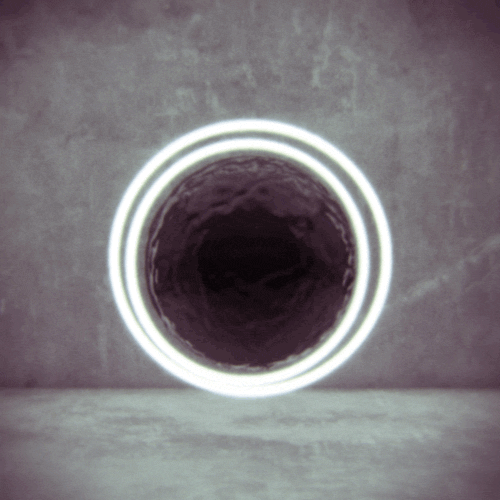Roman Religion in the Danubian Provinces. Space Sacralisation and Religious Communication during the Principate (1st–3rd century AD)

The Danubian provinces represent one of the largest macro-units within the Roman Empire, with a large and rich heritage of Roman material evidence. Although the notion itself is a modern 18th-century creation, this region represents a unique area, where the dominant, pre-Roman cultures (Celtic, Illyrian, Hellenistic, Thracian) are interconnected within the new administrative, economic and cultural units of Roman cities, provinces and extra-provincial networks. This book presents the material evidence of Roman religion in the Danubian provinces through a new, paradigmatic methodology, focusing not only on the traditional urban and provincial units of the Roman Empire, but on a new space taxonomy. Roman religion and its sacralised places are presented in macro-, meso- and micro-spaces of a dynamic empire, which shaped Roman religion in the 1st-3rd centuries AD and created a large number of religious glocalizations and appropriations in Raetia, Noricum, Pannonia Superior, Pannonia Inferior, Moesia Superior, Moesia Inferior and Dacia.
Combining the methodological approaches of Roman provincial archaeology and religious studies, this work intends to provoke a dialogue between disciplines rarely used together in central-east Europe and beyond. The material evidence of Roman religion is interpreted here as a dynamic agent in religious communication, shaped by macro-spaces, extra-provincial routes, commercial networks, but also by the formation and constant dynamics of small group religions interconnected within this region through human and material mobilities. The book also presents for the first time a comprehensive list of sacralised spaces and divinities in the Danubian provinces.

Comments
Danuvius stele a C. Szabo mihi extraordinarius videtur. Accurate pictum videre vellem. Ubi est Sol, numquid puer ex ore tauri egreditur? Videmusne religionem inter Mithrae et Christianitatem? Multae post scriptum quaestiones : nomen meum est dominicus, princeps minimus, hoc est caput familiae.
Hello, I love this slab. Here, Cautes is carrying a torch with a figure on it, climbing towards the sky. This is extraordinary. The bas-relief found in the Basilica of Santo Rotondo on the Caelian Hill in Rome shows the Sun holding a small ball or round stone in his left hand which evokes a soul. This would be the image of the resurrection, the path of the soul that ascends to the Sun (Cautès). This image is found on the bas-relief of Tor Cervara in Rome, also kept in the Museum of the Baths of Diocletian. Here too, the Sun carries a round ball in his left hand. Here on your relief, it is a child. This resembles the iconography of the Middle Ages where the soul was represented as a child coming out of the mouth. In the background, the Berlin bull (Neues Museum in Berlin, 2nd century AD.) has its mouth open and is letting out a tongue which could be a soul, as mythology suggests (Gasquet, 1899). So, can we consider this child as the soul carried by Cautès, and coming out of the bull's mouth ? It shoud be revolutionnary !
Add a comment